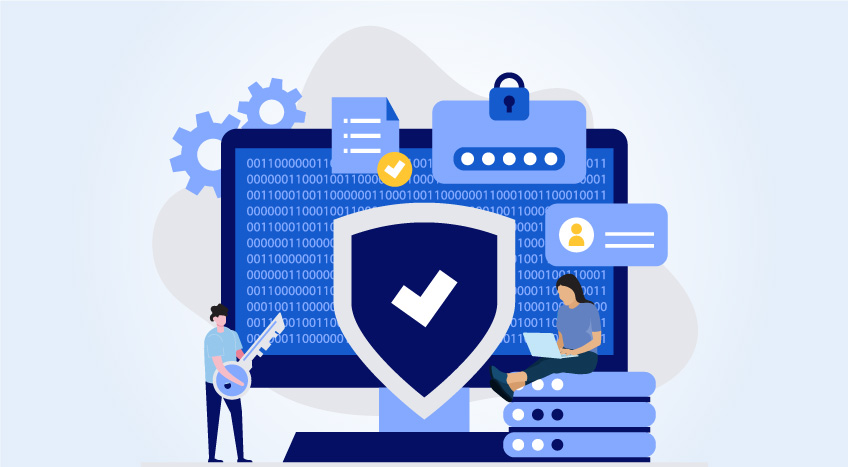With the ever-rising number of cyber threats in today’s digital world, it has become more challenging for organizations to keep pace. Although regulations force organizations to adopt security measures, compliance does not guarantee proper security. The only way an organization can boost its cybersecurity is by practicing Vulnerability Assessment and Penetration Testing, which surpasses compliance.
VAPT is a composite of two vital security processes:
Vulnerability Assessment (VA): A methodical process of finding security weaknesses in an organization’s IT infrastructure, applications, and networks.
Penetration Testing (PT): An attempt to imitate real-life cyberattacks in order to understand how well the security controls could resist threats.
Together, these methodologies provide detailed insights into the vulnerabilities and resistance of an organization against attacks.
Why VAPT is Important Beyond Compliance
- Identifying Hidden Security Gaps
Compliance standards set a minimum level of security but may not address emerging threats. VAPT can reveal vulnerabilities that might not be found by compliance checklists.
- Incident Response Readiness Enhancement
Organizations can test their incident response procedures and fine-tune them for real-world situations by simulating cyberattacks.
- Reduction of Risk Exposure
Regular VAPT assessments mitigate potential risks by proactively identifying and addressing security gaps before they can be exploited.
- Customer Trust Preservation
A robust cybersecurity framework enhances an organization’s reputation and fills customers, partners, and stakeholders with confidence.
- Cost-Effective Security Enhancement
Vulnerabilities that are assessed early in the breach detection process reduce the financial impact of breaches, such as fines from regulatory bodies and legal fees.
Basic Components of a Successful VAPT Strategy
- Definition of Scope
Define systems, applications, and networks clearly to be tested. This ensures that testing is directed and streamlined as required.
- Automated and Manual Testing
This process includes scanning tools that are merged with manual testing for comprehensive analysis of security weaknesses.
- Exploitation and Risk Analysis
Ethical hacking simulations will be carried out to explain the implications of potential exploits and hence focus on the remediation process.
- In-depth Reporting and Recommendations
Distinguish between good and actionable insights, like categorization of risks, remediation, and best practices to have enhanced security measures.
- Continuous Improvement and Regular Testing
The threats change constantly in cyberspace. Conduct periodical VAPT to stay one step ahead of emerging vulnerabilities and have a strong security posture.
Conclusion
While compliance is an important part of cybersecurity, organizations must look beyond the letter of the law to ensure full security. VAPT is a proactive defense mechanism that identifies vulnerabilities, tests resilience, and strengthens security frameworks. By incorporating regular VAPT assessments into their security strategy, organizations can protect their assets, ensure business continuity, and safeguard against ever-evolving cyber threats.



